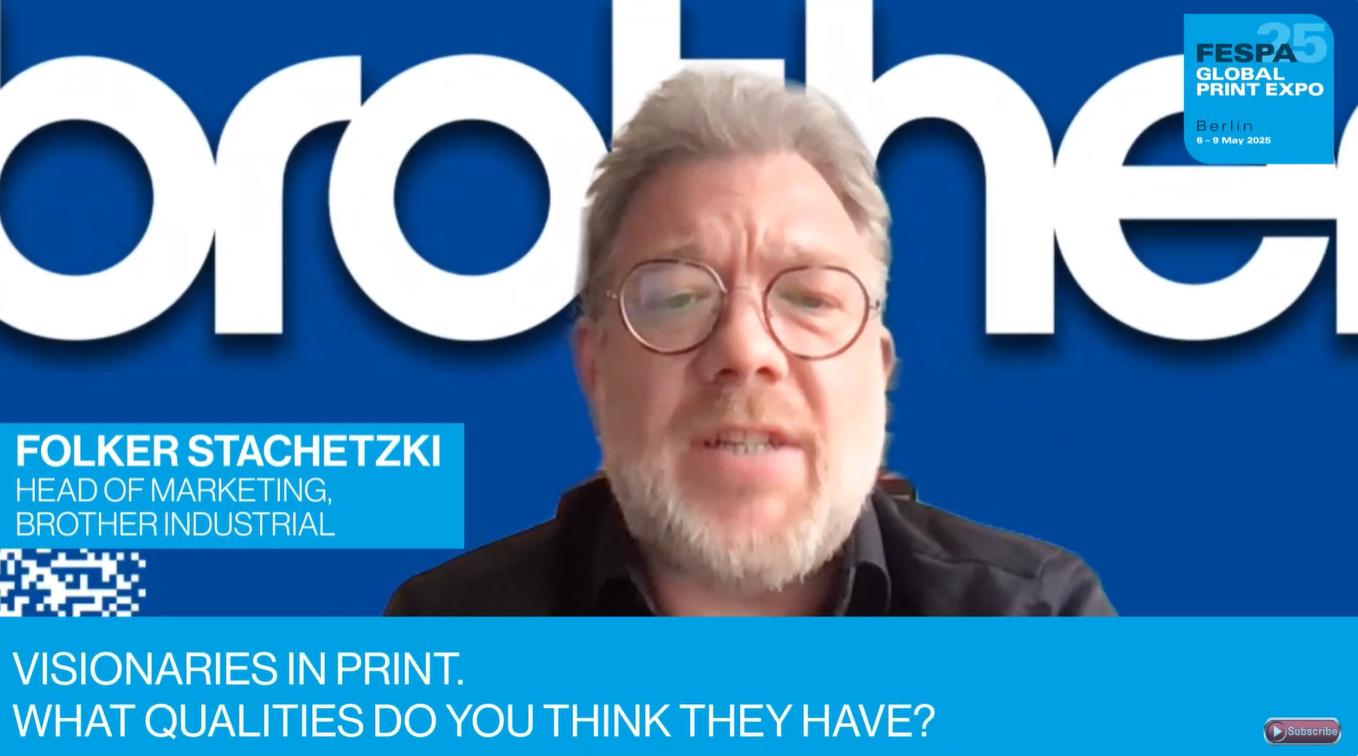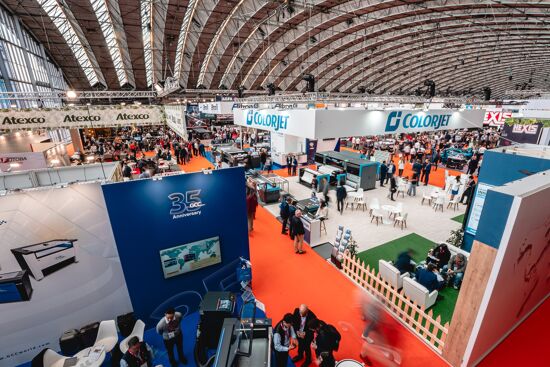The shift in climate change mitigation

Laurel Brunner discusses how sustainability has taken a prominent position amongst the customers of printers. Recently that interest has become more frequent and urgent as climate change has become more prevalent amongst political, economical and social agendas.
It’s been over ten years since we started the Verdigris project to raise environmental awareness within the worldwide graphics industry. In that time there have been sporadic flurries of interest in sustainability from printing companies, but rather more interest has come from their customers, the print buyers. But recently the flurries have started getting more frequent and urgent as climate change has jumped to the top of political and economic agendas, as well as social ones.
Why printers have been so reluctant to get with the sustainability programme is a bit puzzling. They only seem to recognise it when clients ask about what they are doing to improve sustainability and their capacity to deliver some sort of environmental sign off. As this generally has a cost attached to it, many printers embrace it as a value added extra, if indeed it is possible to deliver.
Mostly it isn’t unfortunately, which is why brand owners are starting to be a little bit more systematic in their enquiries. They want to know the environmental credentials of their print service providers, particularly for high value commissions. Often their enquiries take the form of surveys, asking service providers to answer a variety of questions about their sustainability measures and adherence to environmental standards. These are not the sort of generic surveys put out to all comers by the trade press and consultancies. Rather they are specific to a given brand’s concerns and are framed in line with the brand owner’s sustainability policies. They are also sector specific. For instance what IKEA wants to know about the environmental policies of their sign and display service providers, is not the same as what IKEA wants to know about their gravure printers‘ sustainability credentials.
The questions being asked range from the staggeringly complicated, through to the extremely simplistic. Supply chain queries are the hardest to frame because they tend to involve many unknown parties, and don’t lend themselves to binary responses. And different types of organisations use all manner of complex vendor communities. Asking the right questions can also be extremely tricky, if the responses are not to be muddled. For brand owners, identifying excellence in sustainability and environmental performance is difficult but this is what some big brands are trying to do.
Print buyers are starting to put real effort into quantifying the environmental commitments of participants in their graphic media supply chains. The goal for buyers is to be able to identify their most sustainable production options. They want to configure supply chains that share environmentally friendly practises within a common mutually supportive framework. This isn’t easy to do, but it could really help move climate change mitigation forwards.
Source Information: This article was produced by the Verdigris Project, an industry initiative intended to raise awareness of print’s positive environmental impact. This weekly commentary helps printing companies keep up to date with environmental standards, and how environmentally friendly business management can help improve their bottom lines. Verdigris is supported by the following companies: Agfa Graphics, EFI, Fespa, Fujifilm, HP, Kodak, Ricoh, Spindrift, Splash PR, Unity Publishing and Xeikon.
Interested in joining our community?
Enquire today about joining your local FESPA Association or FESPA Direct
Recent news

GenAI + POD: The Smartest Way to Add Personalised Products to Your Retail Offering in 2025
In 2025, GenAI and POD are transforming retail. Masterpiece AI empowers businesses to offer unique, AI-generated personalised products, from apparel to home decor. Customers use text prompts to create custom designs, streamlining production and boosting sales. This revolutionises customer experience and product offerings.
.png?width=550)
What qualities should visionaries in print have? With Folker Stachetzki from Brother
We speak to Folker Stachetzki, Head of Marketing at Brother about visionaries in print.

Bolstering personalisation by combining print and digital technology
Using printed material in combination with digital technologies offers more opportunities to those offering personalisation to customers. Rob Fletcher shares some recent examples of the print and digital working together to enhance the impact of personalised pieces.

European Sign Expo to highlight developments shaping the future of signage and visual communications
European Sign Expo 2025 (6 – 9 May, Messe Berlin, Germany) is weeks away and a host of leading exhibitors are all set to welcome Visionaries from across the signage and visual communications industries to their stands.